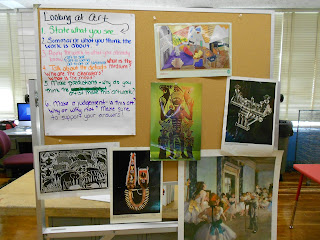
This year my personal goal is to really get my students to analyze and discuss works of art. So I decided to start the first art class of the year with an activity where we talk about different things to think about when looking at artworks. Throughout the 40 minute period, I explain the classroom rules and procedures. I'm always amazed at what the students notice and find connections to. I do this lesson with 1st through 5th grade. Here's how it goes:
1. I greet the students at the door and tell them that they can chose their own seats but they have to sit 2 boys and 2 girls to a table.
2. After they come in and sit down I show them where the table numbers are and have them call out their names while I write them in on my seating chart.
3. I ask them how we should transition from place to place in the classroom and discuss some expectations for that apply not only in the art room but throughout the school. Then I have them move from their tables to the front where I have my Smartboard.
4. Posted up I have various art images and a list of 6 things students can think about when they look at art. As a class we read the list together and I answer any questions and clarify any confusion.
5. After that, I explain that the average person looks at a work of art for 3-5 seconds and then I use a student to help show the class how quick that is. I let them look at the work for 4 seconds and then ask them if they were able to look at and remember any of the details about the work. Which of course they can't, so then I explain to them how important simply looking at work is, and we take a silent 20 seconds to view the art that is hung up.
6. We then spend a few minutes discussing what they notice, and as they share their ideas I make connections to the list. For instance, If a student says, " I see a bunch of people and a dog in this picture", I would reply, "good, that would be number 1 on our list, making observations and stating what you see".
7. After we discuss, I give them a drawing assignment where they must take something from either 1 or a combination of the images and create their own picture using the image/s as inspiration. I explain inspiration as being the process where we view and discuss artworks and then generate ideas about how we can use what we've learned in our own artwork.
8. They transition back to their tables, work for a bit, then transition back to the floor. While they are working I stop them once, by using my chime, and explain my non-verbal ART volume sign. The sign works like a '3 strikes you're out' rule. If the class gets too loud I remove a letter, then if needed, a second, and finally, if needed I remove the 't' and then the rest of the class period is silent work time.
9. When the children come back to the front I have them come up one at a time and hold up their work. The student chooses someone with their hand raised sitting quietly to guess which artwork was the inspiration for their drawing. I do this until the end of the period and then I have them line up!
It's amazing what they can do! :)
(below are examples from 4th grade)
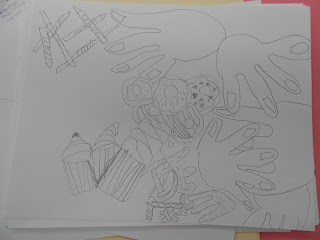
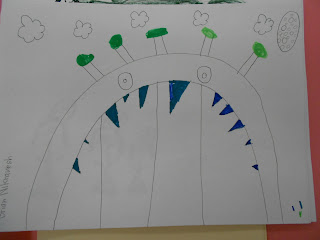
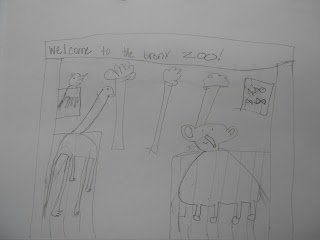
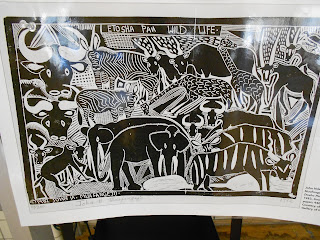
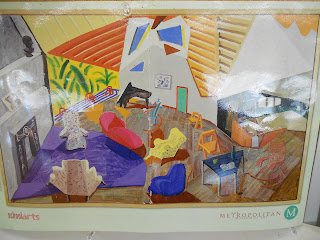
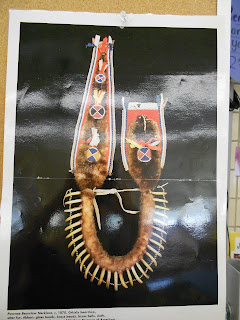
Can you guess which drawing was inspired by which artwork?

















